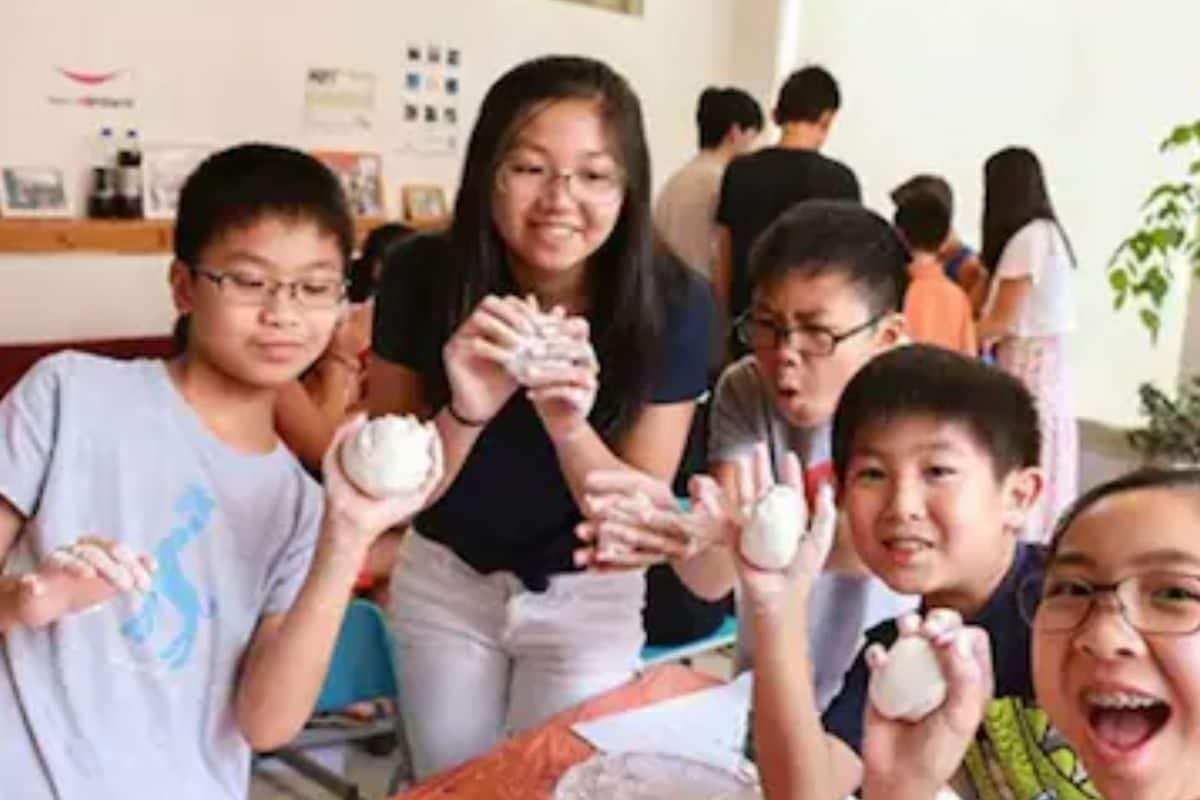In China, the duration of basic education spans eight years, which includes five years of primary education and three years of junior secondary education.
We often come across videos of Chinese schools showing children engaged in activities such as cooking, dancing and singing. It is important to note that the Chinese education system differs significantly from the one followed in India. For instance, in Chinese schools, children are reportedly given the facility to take a short nap to help them focus better on their studies. Additionally, physical education is a compulsory subject, with students required to engage in physical exercises twice a day.
In China, the duration of basic education spans eight years, which includes five years of primary education and three years of junior secondary education. In contrast, in India, basic education lasts ten years, comprising five years of primary education and five years of upper primary education. In terms of curriculum, Chinese schools offer subjects such as Mandarin, Mathematics, Science, Social Studies, Physical Education, Music, and Art. They also place a strong emphasis on STEM (Science, Technology, Engineering, and Mathematics) education, which fosters critical decision-making and problem-solving skills among students.
On the other hand, in India, basic education covers subjects like languages (English, Hindi, and regional languages), Mathematics, Science, Social Science, and Physical Education, with a focus on holistic education, critical thinking, and moral values.
Cooking is taught in some Chinese schools, though it is not a mandatory subject and varies depending on the school and region. For instance, schools in the Shanghai region often teach practical skills like cooking and handicrafts, while those in the Beijing region focus more on craftsmanship, technology, and engineering. In rural areas of China, schools often place greater emphasis on practical skills such as agriculture and cooking.
In China, junior secondary school is known as “Chuzhong” in Mandarin, while senior secondary school is called “gaozhong.” After completing junior secondary education, students can choose between attending an academic senior secondary school or a vocational senior secondary school. The academic senior secondary programme lasts three years, whereas vocational secondary school takes three to four years to complete. Vocational senior secondary schools are referred to as “Zhongshan” in China.
In higher education, a bachelor’s degree is called “Xueshi Xuewei,” and a master’s degree is referred to as “Shuoshi Xuewei.” After junior secondary education, Chinese students have the option to pursue either academic or vocational tracks, offering flexibility in choosing their educational and career paths.
While both countries aim to provide comprehensive education, the Chinese education system places a significant emphasis on STEM education, physical activity, and practical life skills, whereas the Indian system tends to focus on a broader range of subjects aimed at fostering critical thinking, holistic development, and moral education.

